Today’s dish is coming directly from my love for nature. Hours of walking in the countryside enjoying and admiring the beauty of the scenery while collecting wild herbs.
Yes, today we are going to use 3 different ingredients collected during my walk: nettles, bladder campion (silene vulgaris) and wild garlic (allium lusitanicum) to prepare fantastic TAGLIATELLE, one of the most famous pasta from Emilia Romagna Region!
Enjoy!
Tagliatelle with Nettles | Ph. Fede’d FoodBlog
Tagliatelle with Nettles | Ph. Fede’d FoodBlog
Tagliatelle with Nettles | Ph. Fede’d FoodBlog
Tagliatelle with Nettles | Ph. Fede’d FoodBlog
Tagliatelle with Nettles | Ph. Fede’d FoodBlog
Tagliatelle with Nettles | Ph. Fede’d FoodBlog
Tagliatelle with Nettles | Ph. Fede’d FoodBlog
Tagliatelle with Nettles | Ph. Fede’d FoodBlog
Recipe
INGREDIENTS
TAGLIATELLE
4 medium eggs
340g flour 00 kind (+ 120g flour after mixing the nettles)
160g cooked nettles* (in alternative you can use cooked spinach)
*Nettles: pick the top part where the new leaves are growing. Do use gloves (of course!) to collect the nettles to avoid skin rash.
PREPARATION
NETTLES
Wash the nettles in water and baking soda (a pinch). Boil them in water until the leaves will be smooth and soft. Rinse them and make sure no water remains from the cooking process. Use a blender to make a cream with the nettles.
TAGLIATELLE
Place 340g of the 00 flour into a large wooden board (if you have you can use the pasta mixer to save time). Pour the remaining 120g of flour into a small bowl, ready to use when necessary.
Shape the flour into a volcano with a large hole in the centre, then crack the eggs into the middle.
Using a fork, lightly beat the eggs, then mix in the flour a little at time.
Now add the nettles cream and keep mixing till it is completely integrated.
It is essential that the flour is gradually beaten into the eggs to ensure the walls of the volcano don’t break too soon. Add the rest of the flour (120g).
If the dough is still too moist consider adding a bit more flour.
Remember always add the flour gradually for having a soft dough (if it is too dry you will not be able work the dough with the rolling pin later).
Bring the mixture together with a spatula and your hands until you obtain a consistent ball of dough.
Work the dough with the heel of your hand for 10–15 minutes (until the mixture is smooth, not sticky and very elastic).
Wrap the dough in cling wrap and let it rest for at least 30 minutes.
Dust a wooden board with 1 tbsp of flour.
Unwrap the dough and flatten it with a rolling pin. Roll out the dough into thin pasta sheet, 2mm thick.
If you have a pasta machine, divide the dough into 4 before rolling it out.
To cut the pasta sheet into tagliatelle, roll the sheet up and cut into large 4-5cm strips.
Unravel the cut tagliatelle strips and twirl into little nests. Dust the nests liberally with flour to stop them from sticking.
Cook the tagliatelle within a few hours in boiling salted water for 3–5 minutes before serving with your favourite sauce.
(Alternatively, freeze for up to 1 month. To freeze the pasta, layer the tagliatelle flat on a tray lined with parchment paper and freeze for 1 hour, then transfer to a freezer bag or another suitable container).
BLADDER CAMPION SAUCE (called Stridoli)
Wash the campion leaves in water and baking soda (a pinch). Rinse them.
Meanwhile put 1-2 cloves of garlic (I have used wild garlic here) and half cup of olive oil in a fry pan and sautè them for 30 to 45 seconds. Remove the garlic.
Add 1 thin slice of bacon cut into small pieces (in Italy we use “guanciale” pork cheek, recommended if you can find it) and sautè them for other 30 to 45 seconds.
Now add the campion leaves and sautè them for 2 minutes till the leaves become cooked.
Now the sauce is ready (salt to taste).
History
The story tells that the Tagliatelle were invented between the end of 1400 and the beginning of 1500 during the celebrations of the marriage between Lucrezia Borgia, daughter of Pope Rodrigo Borgia, and Alfonso d’Este, Duke of Ferrara (in Emilia-Romagna) by the hand of Mastro Zefirano, who at that time was the Court Chef of one of the most powerful Lords of Bologna Giovanni II Bentivoglio, to honor the beautiful blonde hair of Lucrezia. In fact, the tagliatelle are very reminiscent of the very blond and curly hair of the Duchess of Ferrara, Modena and Reggio Emilia.
Probably this is a story created to make the origin of tagliatelle more interesting, tying them to a famous name like that of Lucrezia Borgia. Certain thing is that in the old Emilia there were the so-called “Sfogline“, that is, ladies totally dedicated to the preparation of dough and the roll out pasta, to create tasty dishes of fresh pasta, including Lasagna, Tortellini and Pappardelle.
Tagliatelle are often associated with meat sauce, very common in Italy, although the scepter is actually Bolognese.
Author

Fede’s Food Blog
Passionate for food & travel, I loved living in China for 12 years and exploring a different culture. I had the opportunity to discover new flavors and unknown ingredients in the cooking process and became inspired in my own recipes. Tradition though is still an important part of my life. Tradition is the origin of my passion, it’s where everything came from: looking at my Nonna cooking in a tiny kitchen in a little village in Italy’s Emilia-Romagna Region is where my love of food was born.
Communication is another important asset of my philosophy: I love photography. I believe images have strong communication power in creating emotions. That’s why recipes will always be introduced by photos of my creations. Looking at pictures of my dishes will be a travel in time and space, entering the kitchen and enjoying the taste of authentic Italian creations.
You may also like

Interested in our newsletter?
Every first of the month, an email (in Italian) with selected contents and upcoming events.
La Spoja Lorda, un piatto della tradizione romagnola
by Davide Marino /// February 19, 2020
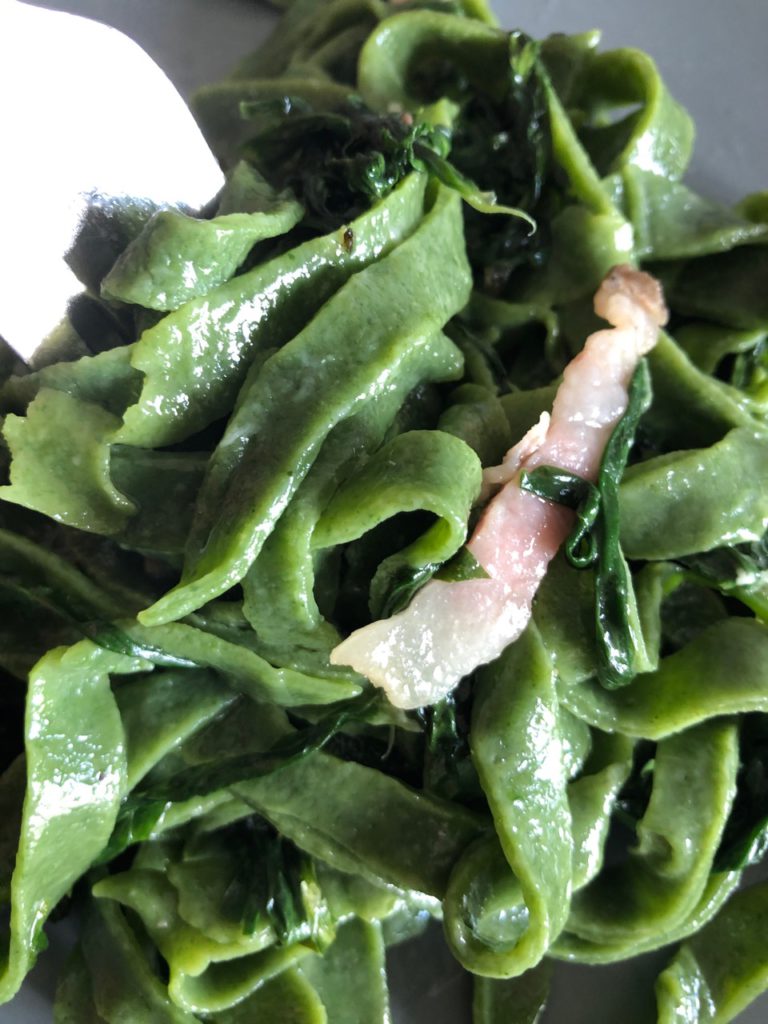
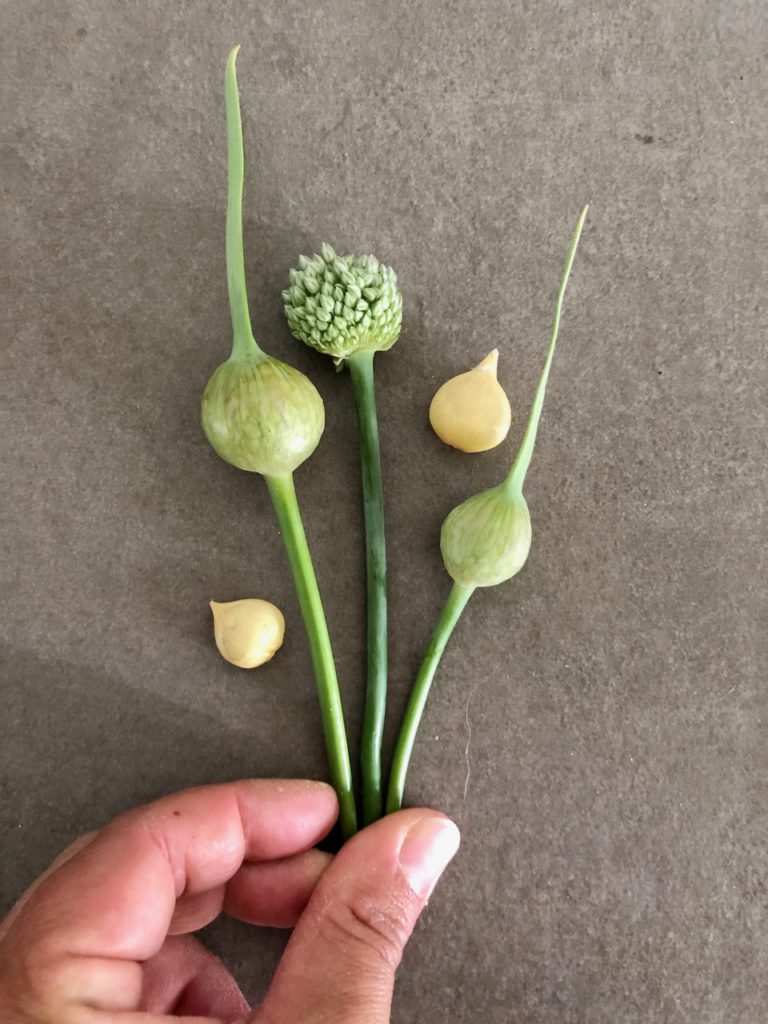
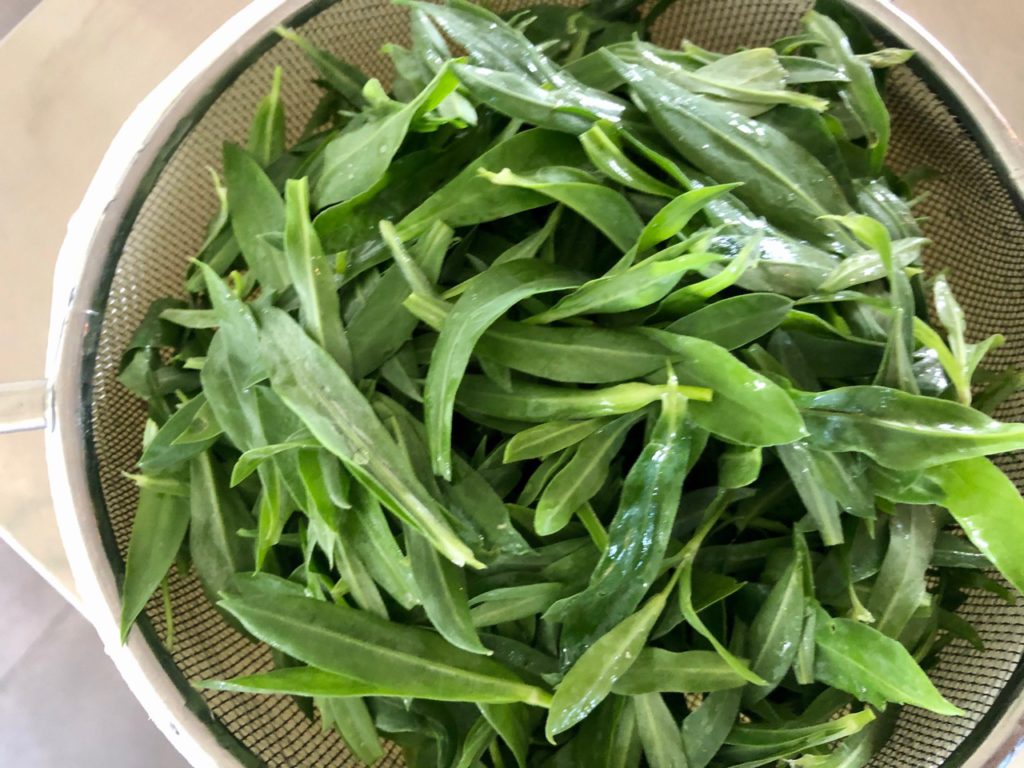
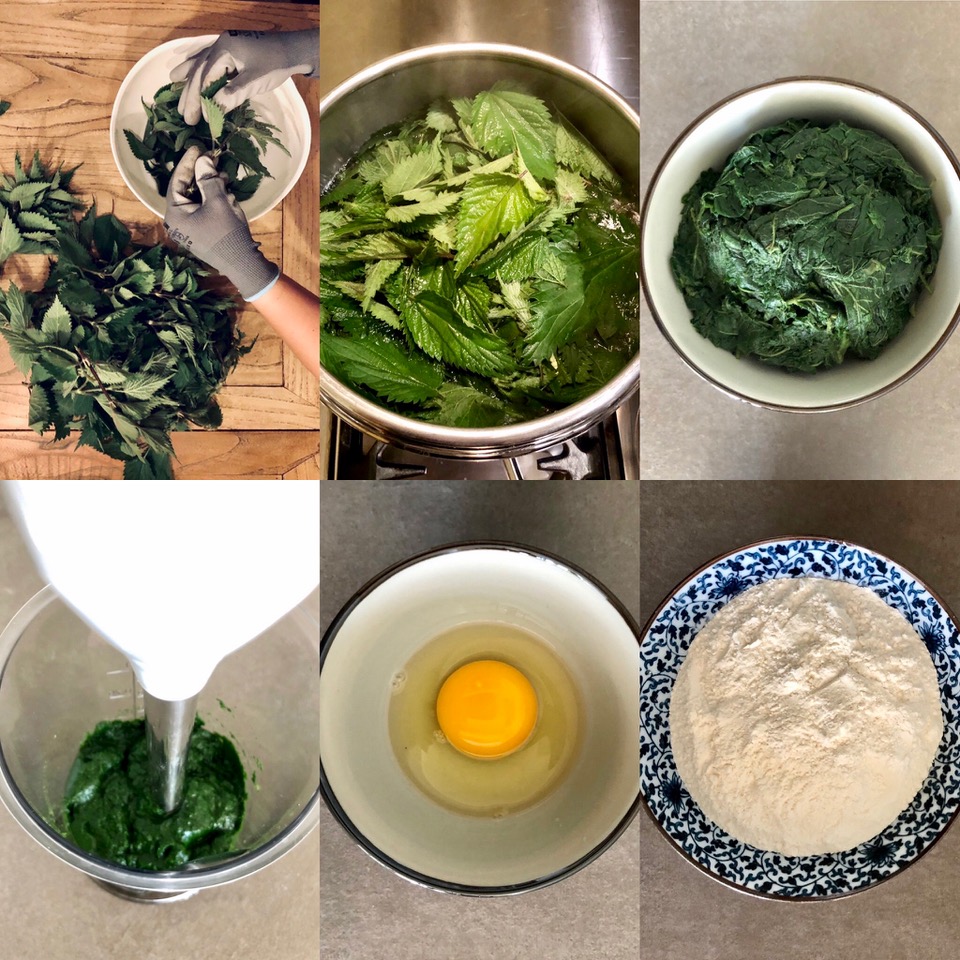
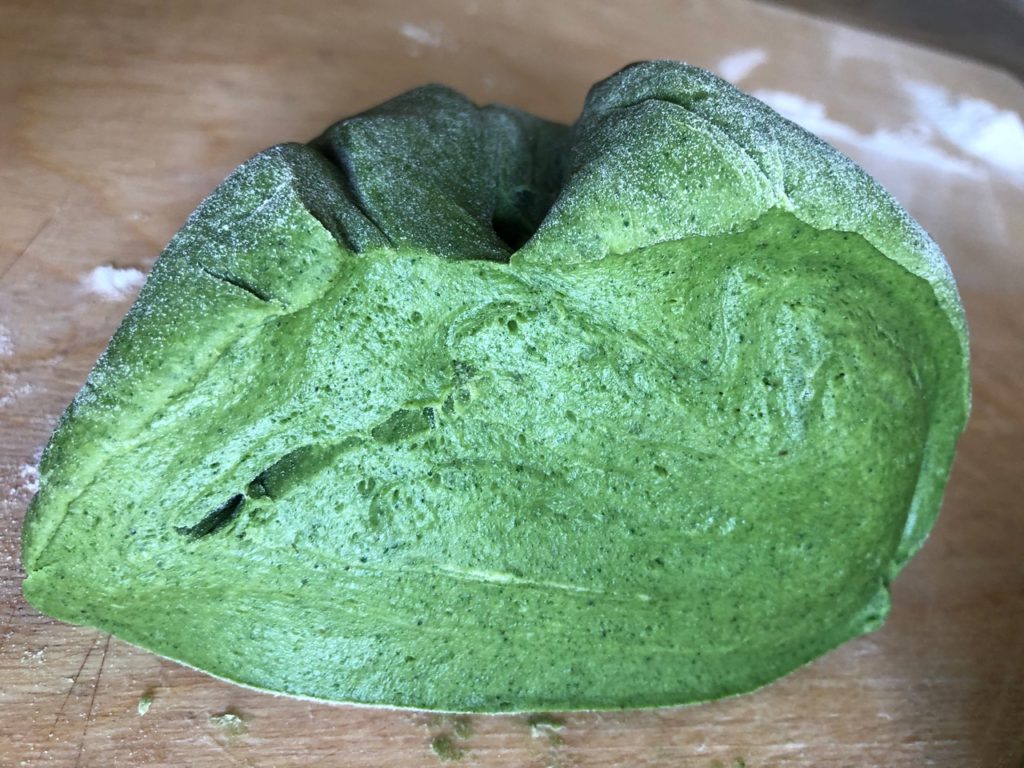
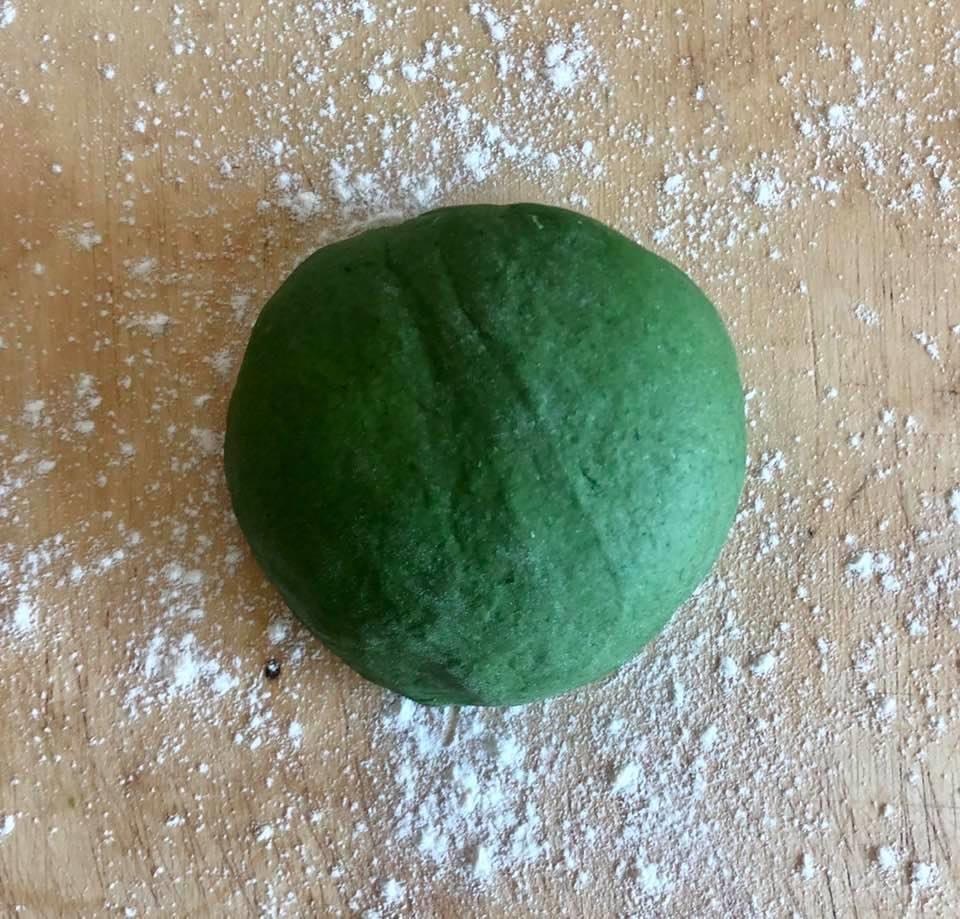
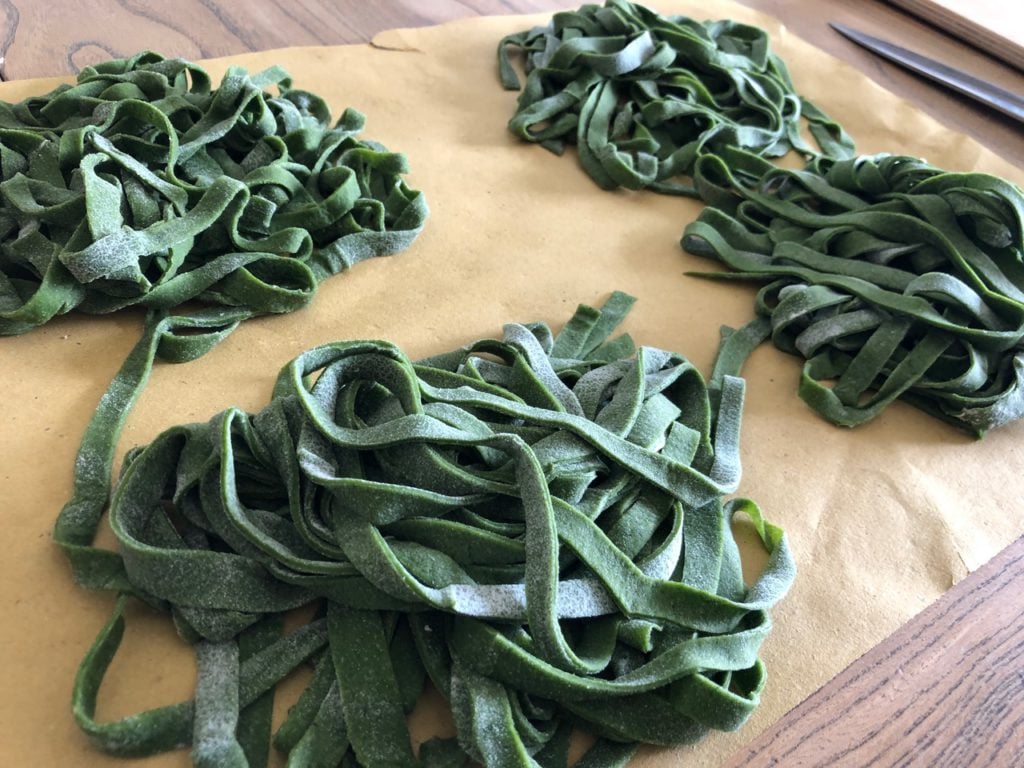
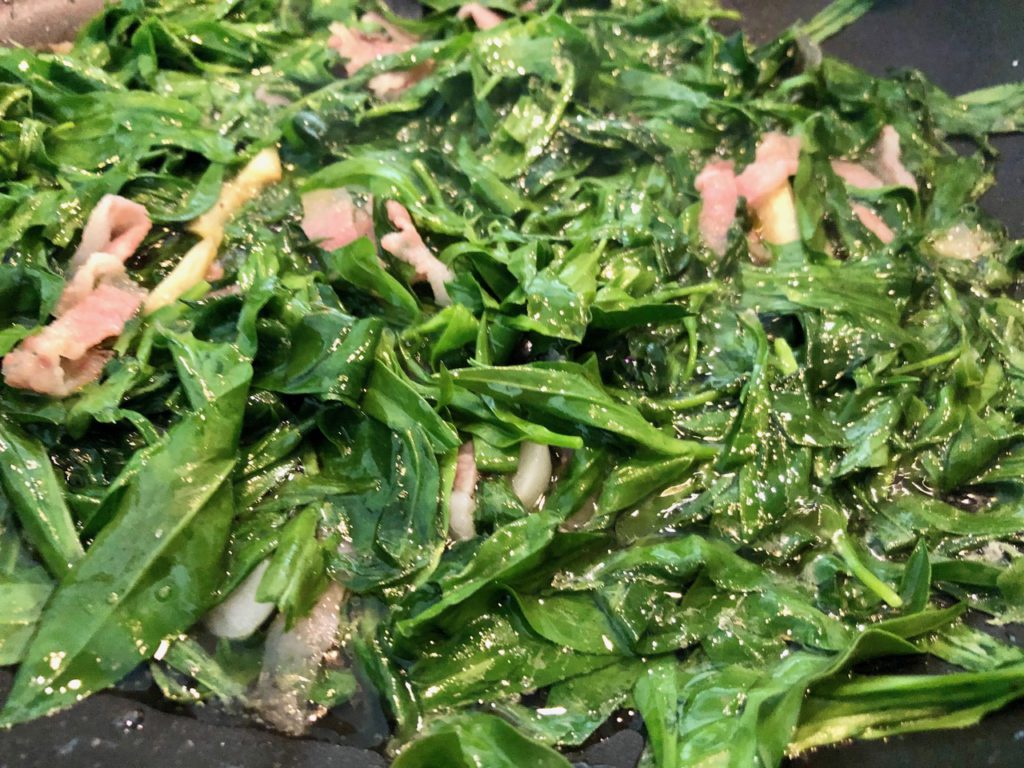
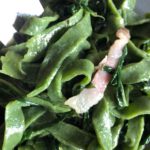
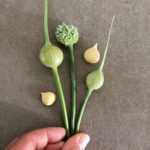
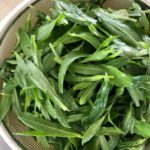
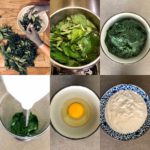
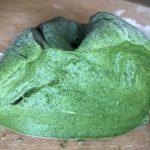
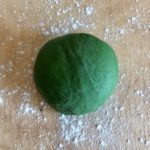
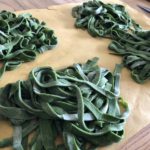
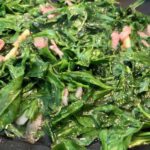

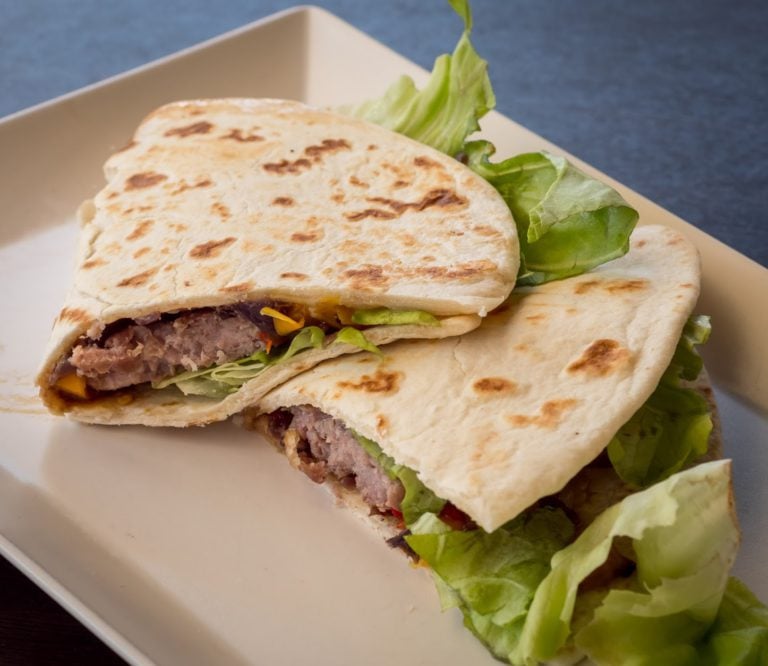
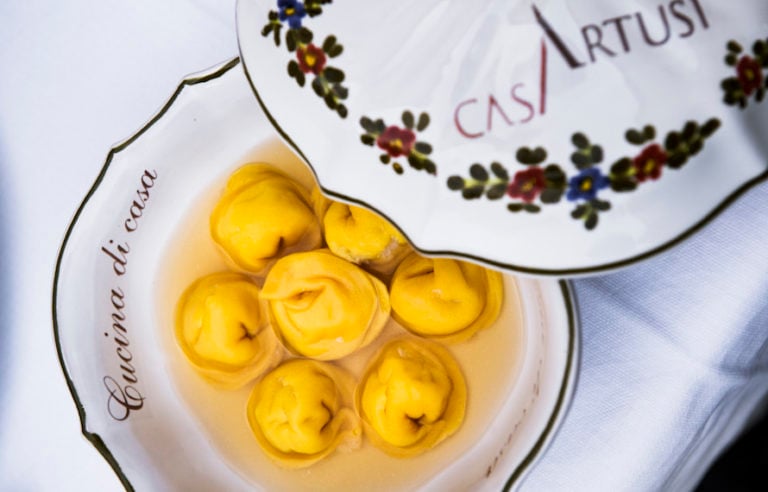
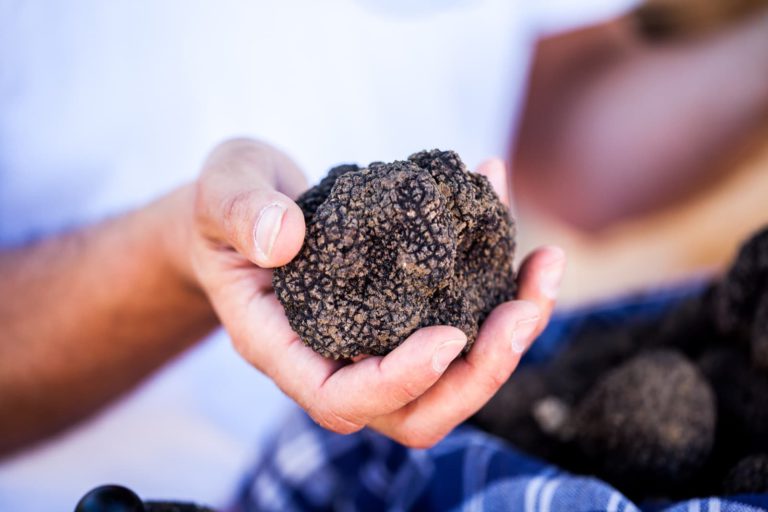
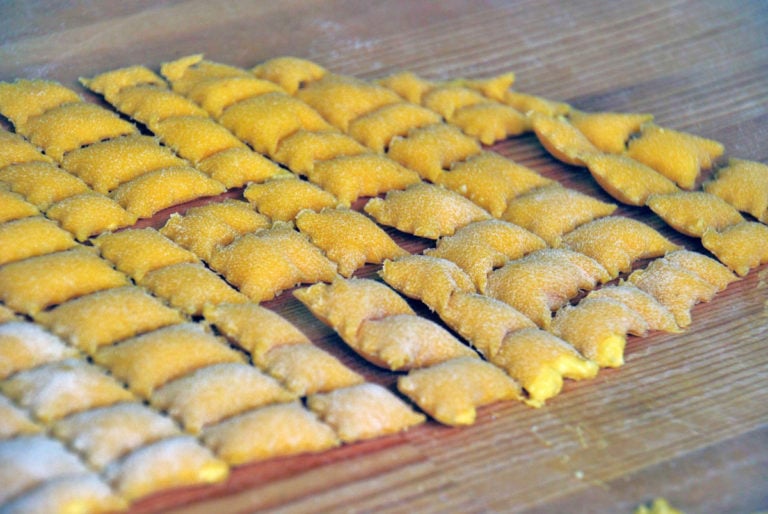
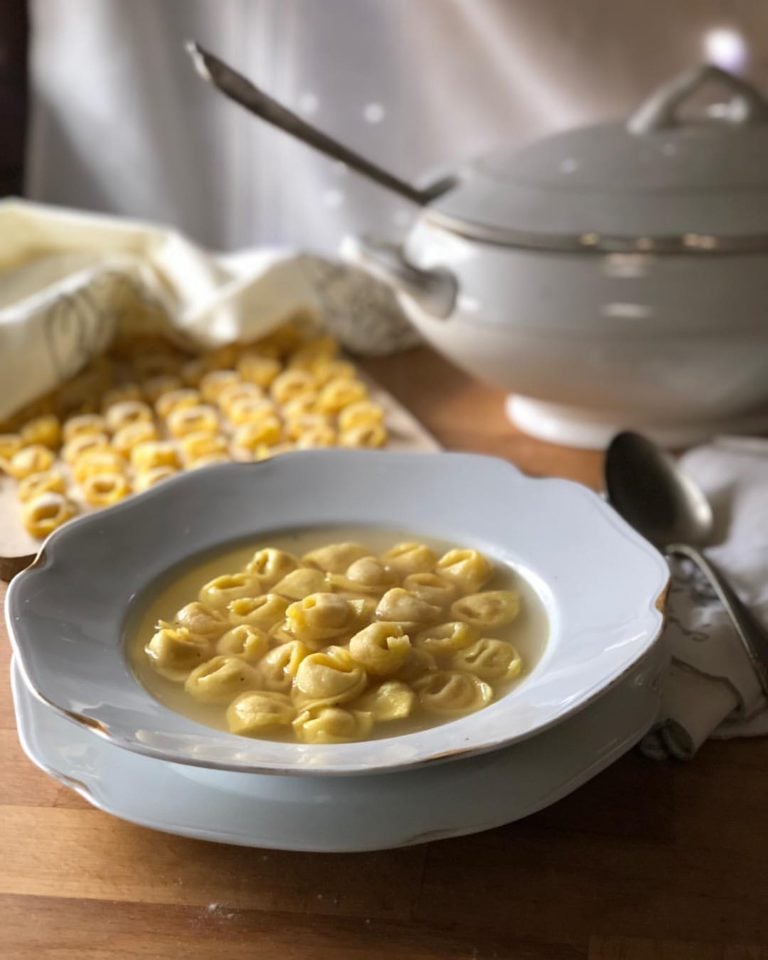
Jason Adamson
Fantastic!!
Fede’s Food Blog
Thanks Jase! Loved them too! 🙂